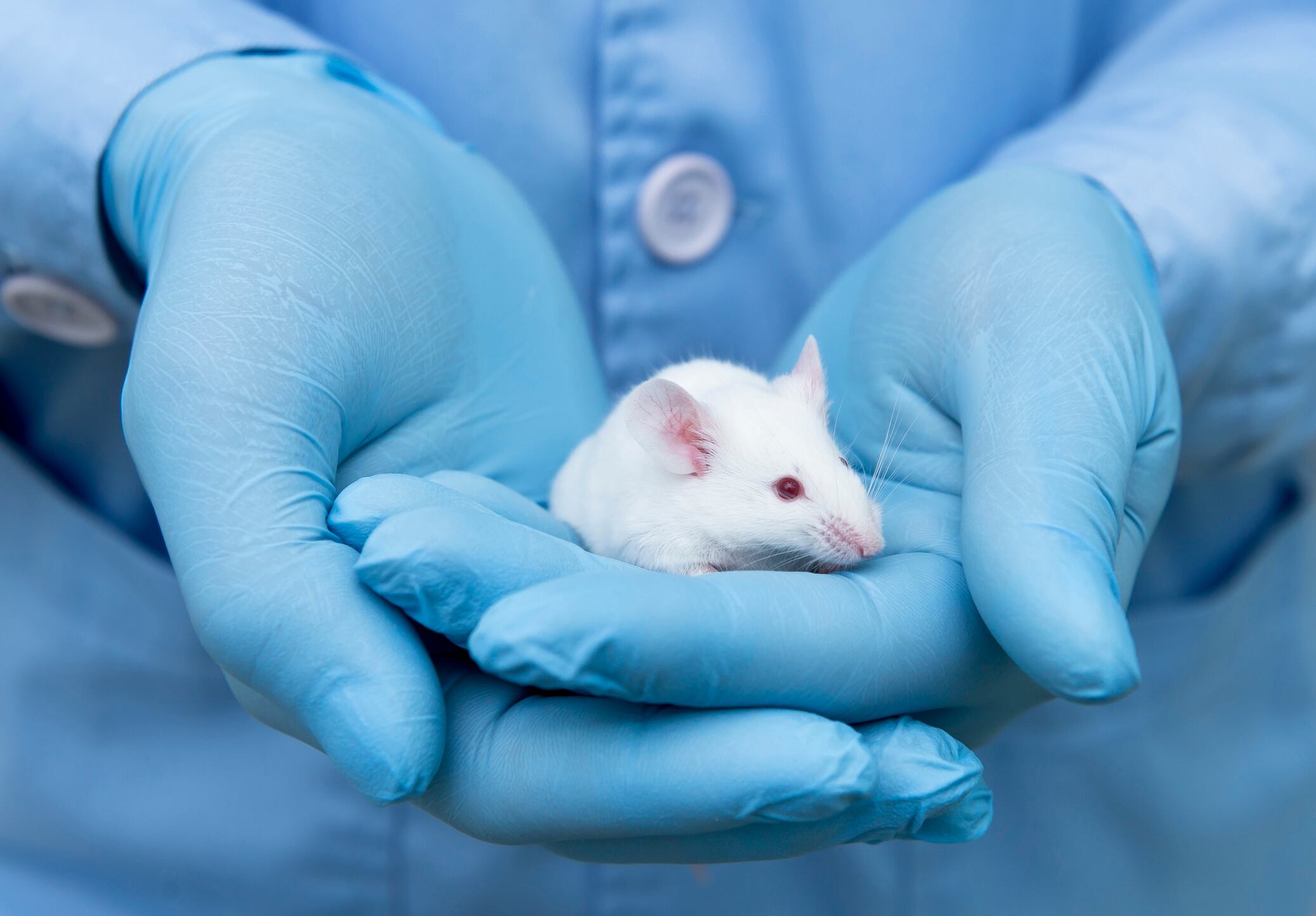The study conducted by a team of researchers from The Ohio State University and other institutions in the US and Brazil published their results in the journal iScience. The study, titled “Exercise Training Induces Depot-Specific Adaptations to White and Brown Adipose Tissue” claims to be the first to look at all types of adipose tissue with the body of a model organism, instead of just one type or looking at a few locations.
Mice have 14 different fat ‘depots’
In common with other terrestrial mammal species, a mouse’s body has two main types of adipose tissue: white adipose tissue, or WAT, and brown adipose tissue, or BAT. WAT is itself found in two different forms; one type accumulates under the skin and in intramuscular locations and performs several functions including bolstering the body’s structure, providing energy storage and insulation. Another type of WAT accumulates around the viscera and, when there is too much of it, is associated with metabolic impairments.
BAT is also deposited deeper within the body and is richer in mitochondria than is WAT. BAT a thermogenic energy-expending tissue that helps to regulate body temperature.
In a mouse there are three subcutaneous WAT deposits, six of visceral WAT and five BAT deposits, for a total of 14 AT ‘depots.’ In the past, the researchers said many studies looking at the effect of exercise on fat/lean body mass tended to measure a couple of WAT depots and one BAT depot within the body. The goal of this most recent study was to compare how an exercise regimen affected the fat tissue at all of these locations to see if they responded differently to chronic exercise, and if so, how.
The mice were subjected to three weeks of ‘chronic exercise’ and then were euthanized along with an equal number of sedentary controls. Both groups had their fat tissues rapidly dissected and preserved. Each tissue was examined for changes in overall mass and were assessed for shifts in gene expression, which included the phenomenon known as ‘beiging,’ in which white adipose tissue will start to exhibit more brown tissue-like adipocytes.
Fat in groin showed greatest changes
The researchers found the tissue in a mouse that responded most robustly to the exercise stimulus was the WAT found in the groin of the animals. This tissue showed adaptations that resulted in a greater oxygen consumption rate, greater ATP turnover and a higher maximal respiratory capacity than the same tissue taken from a sedentary mouse. The exercise stimulus also significantly increased the expression of three genes associated with fatty acid oxidation in this tissue.
In the visceral WAT, that which is found around the kidneys showed the greatest response. As for the BAT fat depots, the researchers the effects of exercise were relatively small compared the white tissue depots.
Fat loss was not uniform
Overall fat mass decreased by 10% under the exercise regimen, but this was not an even decrease across the board. Some fat depots shrank more than others; several showed no statistically significant change and one, the retroperitoneal white fat deposit, a mass of tissue near the kidneys, actually increased in mass.
“[E]xercise training induces beneficial effects to AT, and each depot has a unique and specific response to this physiological stimulus. Defining the specific adaptation of each AT depot in response to exercise may help identify novel therapeutic targets to combat obesity and metabolic disease. Future studies will establish the detailed physiological function of each of these exercise-induced adaptations, and also help to understand the role that all these depots play in the metabolic response to exercise training in humans,” the authors concluded.
Source: iScience
“Exercise Training Induces Depot-Specific Adaptations to White and Brown Adipose Tissue.”
2019 Jan 3;11:425-439. doi: 10.1016/j.isci.2018.12.033. [Epub ahead of print]
Authors: Lehnig AC, et al.


